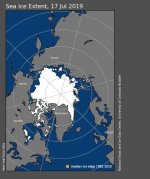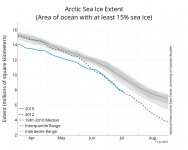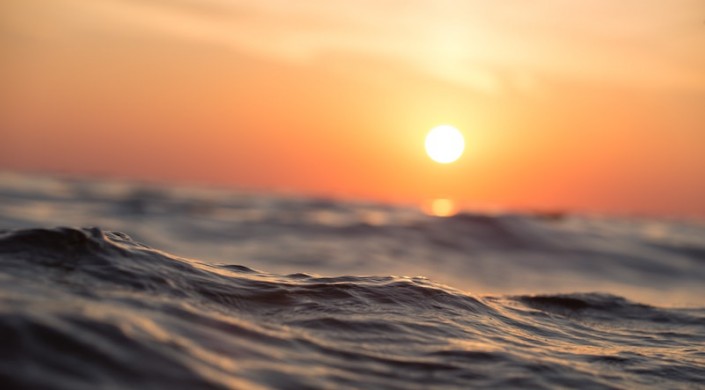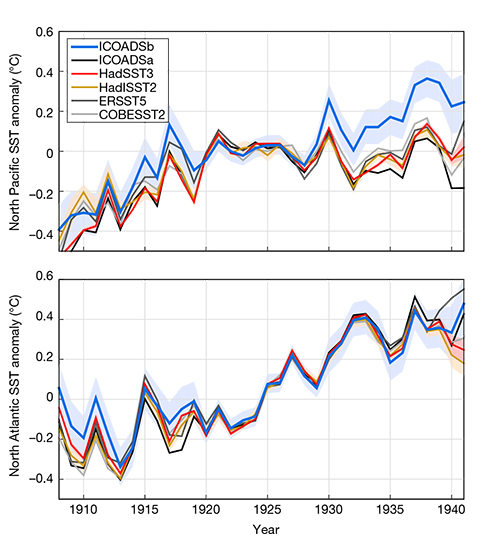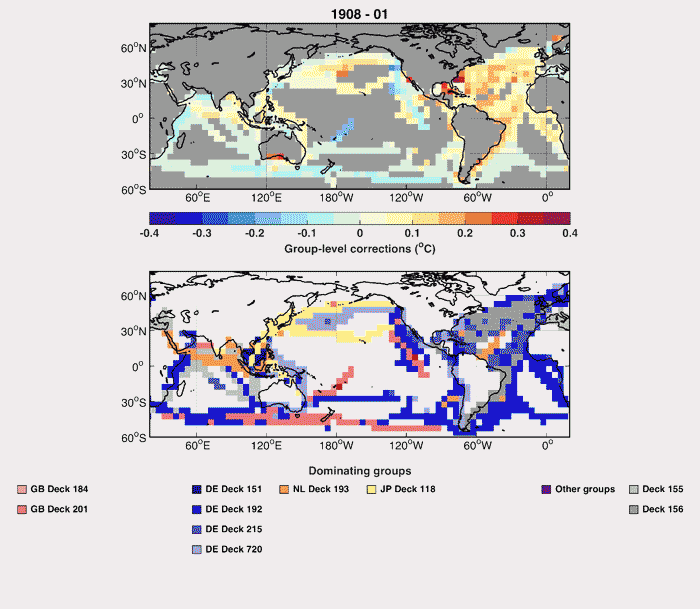St. Phatty
Active member
A. Alaska needs more Women. You should give women tax breaks etc. so they move there.
B. Because of the cost of living situation in the US, it seems logical for people to move to Alaska. I hate to say it but my guess is you might have more suburbs.
I looked it up,
"As of 2017, Alaska has an estimated population of 739,818. In 2005, the population of Alaska was 663,661, which is an increase of 5,906, or 0.9%, from the prior year and an increase of 36,730, or 5.9%, since the year 2000."
Plus Alaska is smart about river mining (they allow it).
And there's the oil.
Alaska may not be as wealthy as when they were handing out the rebates to citizens, but they're in so much better shape than, for example, Illinois or Chicago.
I predict Alaska will see a whole bunch of newbies from the other states.
I would also guess I'm not the first person to make that prediction, and be wrong.
B. Because of the cost of living situation in the US, it seems logical for people to move to Alaska. I hate to say it but my guess is you might have more suburbs.
I looked it up,
"As of 2017, Alaska has an estimated population of 739,818. In 2005, the population of Alaska was 663,661, which is an increase of 5,906, or 0.9%, from the prior year and an increase of 36,730, or 5.9%, since the year 2000."
Plus Alaska is smart about river mining (they allow it).
And there's the oil.
Alaska may not be as wealthy as when they were handing out the rebates to citizens, but they're in so much better shape than, for example, Illinois or Chicago.
I predict Alaska will see a whole bunch of newbies from the other states.
I would also guess I'm not the first person to make that prediction, and be wrong.


